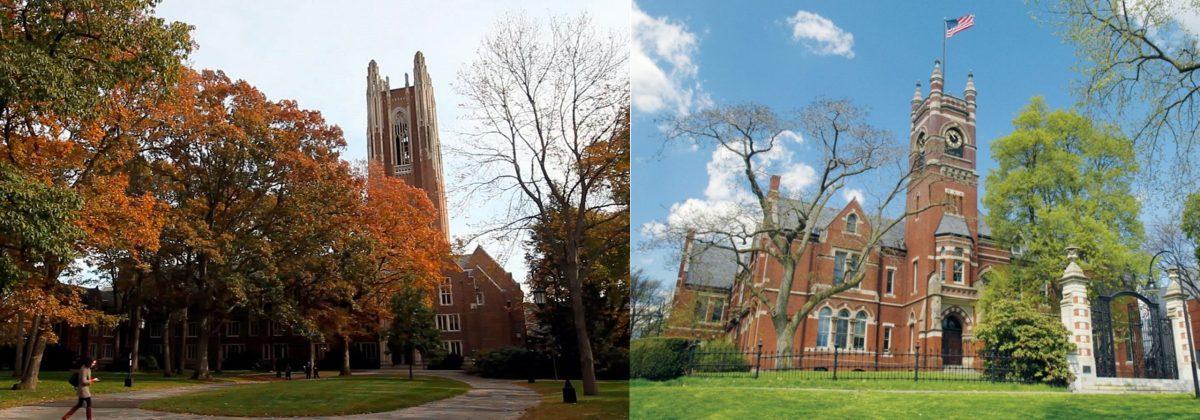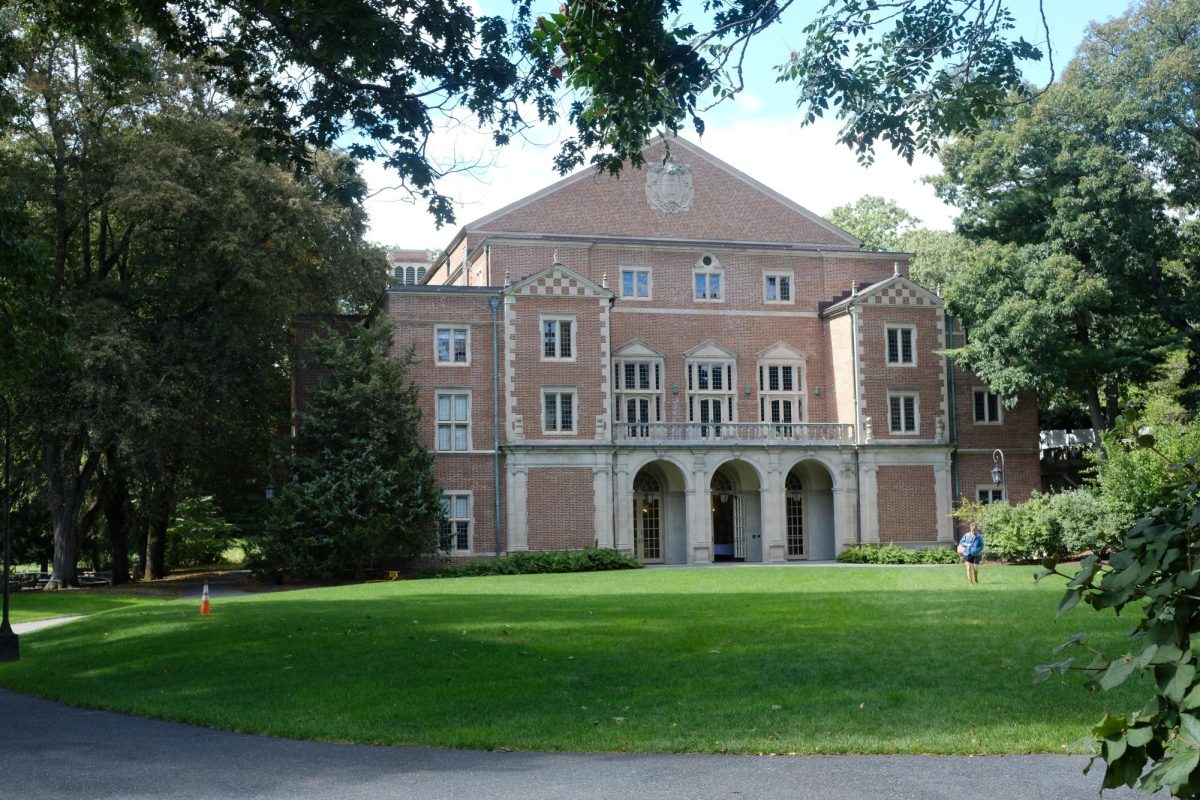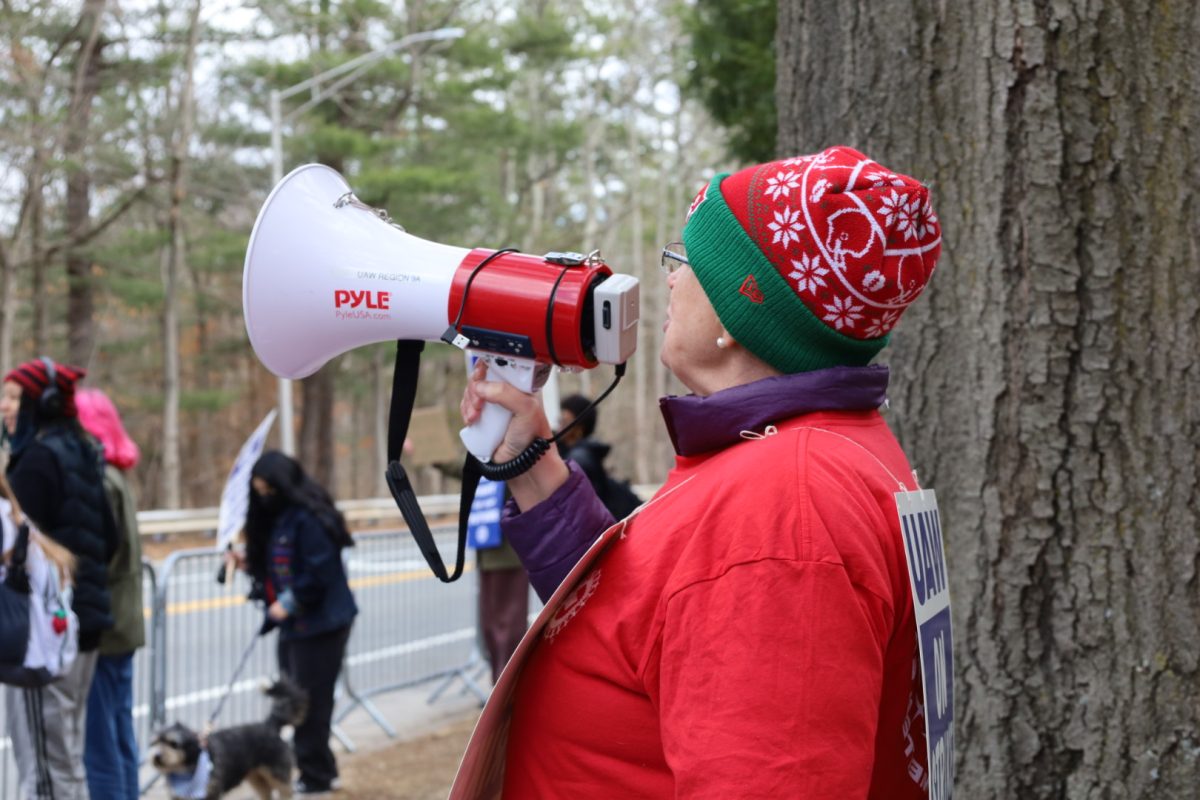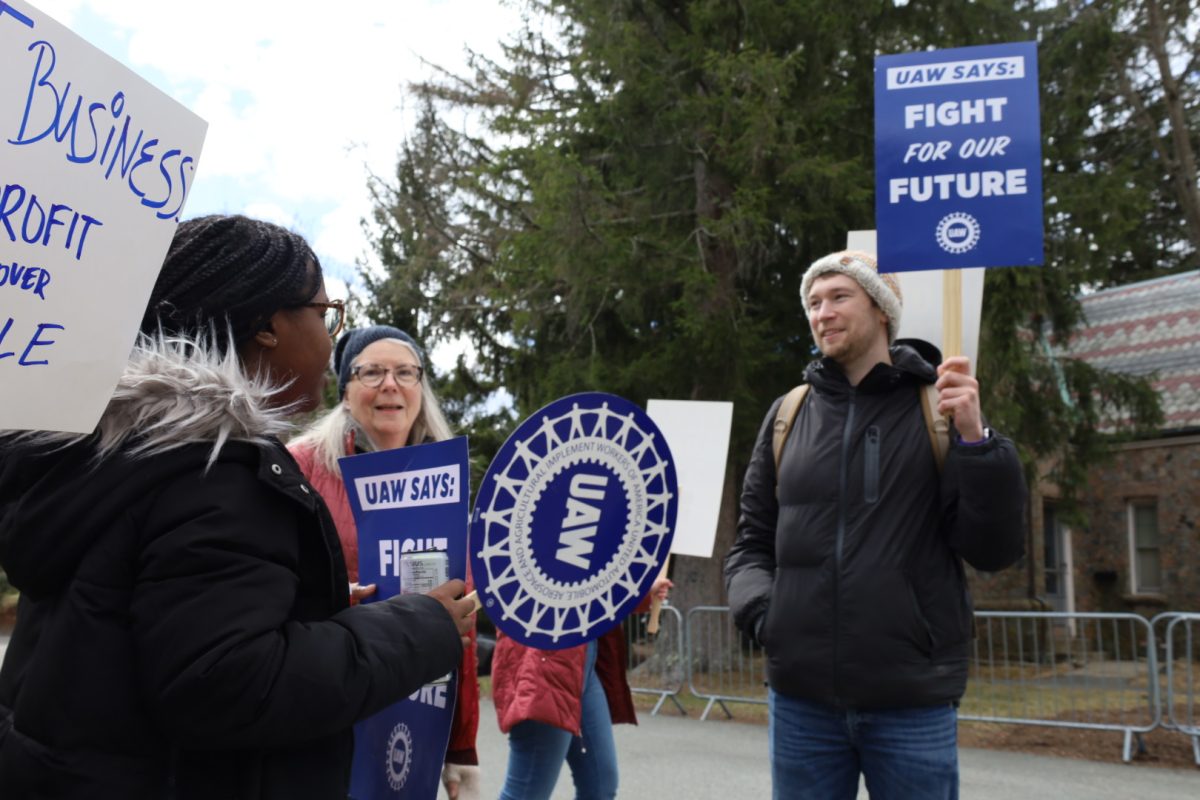“At this time, President Johnson and Senior Leadership do not see a compelling reason to change our plan”
On Aug. 5, Smith College President Kathleen McCartney announced three weeks before an estimated 60% of students were slated to return to campus that the school’s original on-campus plan would be replaced by a completely remote semester. In her email, President McCartney cited rising health and safety concerns, including an increase in COVID-19 cases in Massachusetts, prompting a wave of fear among many Wellesley students over potential changes to the current in-person fall plans.
As of Aug. 6, a day after Smith’s announcement, Wellesley will not make any changes to its fall semester plan.
“Each college and university needs to make decisions about the fall based on the best available evidence and on their level of confidence in their own health and safety plan,” Wellesley President Paula Johnson, Provost Andy Shennan and Dean Sheilah Horton said in a shared statement to The Wellesley News. “At this time, President Johnson and Senior Leadership do not see a compelling reason to change our plan to offer in-person as well as remote courses this fall.”
Still, many similarities appear when comparing Wellesley’s on-campus plan with Smith’s recently-cancelled one. Both schools planned to bring first years and sophomores back to campus in the fall, with some exceptions for upperclass students, and then bring the junior and senior classes to campus in the spring. Additionally, the two colleges announced strict social distancing guidelines and testing protocols.
There are, however, some notable differences between Wellesley’s plan and Smith’s, especially regarding student move-in. According to Smith’s academic calendar, move-in was slated to take place between Aug. 28 and Aug. 30, allowing only two days for thousands of students to settle in. On the other hand, Wellesley’s move-in contains six phases beginning on Aug. 17 and ending on Aug. 28 to mitigate safety concerns resulting from increased cases and transitions in a number of Sunbelt and Western states.
Wellesley President Paula Johnson currently sits on the Higher Education Working Group, an advisory group including college presidents from 14 Massachusetts schools including Wellesley but not including Smith, which submitted recommendations for college and university reopenings to Governor Baker’s Reopening Advisory Board in May. There is significant variation among the re-opening plans of the school’s represented on the board; some like Simmons Colleges, will remain fully remote, while others like Tufts are slated to reopen with some students on campus.
Many Wellesley students on social media expressed worry after Smith’s closure announcement about what a potential closing of campus would mean for students that have difficulty with remote learning or lack stable housing.
“I’m hoping that if they make the same decision [as Smith], we have the ability to choose to defer a semester,” Daniela Finlay ’23 said. “I really didn’t enjoy online classes and I don’t think that the cost of attendance is worth doing it online.”
While the school states that they will continue to monitor any “disturbing trends,” upper administrators remain confident in the current plan.
“Our robust testing protocols will allow us to track the number of cases as well as transmission rates among our community,” upper administration said in their statement to the News. “Our testing protocols for our community far exceed Massachusetts standards for higher education institutions.”







Amanda Stone | Aug 12, 2020 at 7:02 am
I have no doubt that the administration is doing everything possible to make our presence on campus safe.
I understand the dissatisfaction of many, as well as the worries, but the situation is so critical to control each stage. Thank you for the latest news.